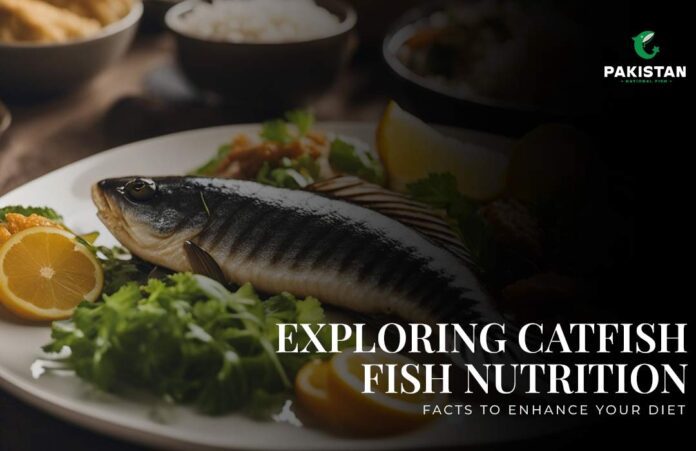Among the most ancient and common fish species are catfish. Catfish, except for a few locations with extremely high or low temperatures, really adapt so well to their surroundings that they flourish everywhere.
It’s normal for you to question if this fish is good for your health because you’ll see it on menus at restaurants and grocery shops. In this blog, we will discuss the advantages, disadvantages, and nutrients of catfish.
What Is a Catfish?
Catfish is a popular game fish in the United States due to its low cost and widespread availability. Not many people are aware, though, that it has some amazing nutritional advantages, much like a lot of other types of fish. These species may be easily identified because they have sensory organs called barbels that resemble whiskers.
Although you can discover homes in deep pools that serve as cover for the younger catfish, they are primarily found in lakes and streams. Adult fish tend to go into shallower water at night, which is when fishermen typically catch them. Catfish is often described as having a softer flavour than other fish, similar to sweet whitefish.

Nutritional Benefits of Eating Catfish
Like the majority of other fish, catfish are rich in nutrients, which makes them perfect for maintaining a balanced diet. With its mild flavour and reasonable cost, catfish is a great substitute for more costly foods.
1. Minimal Calorie Intake
A 100-gram piece of catfish only has approximately 98 calories, making it a wonderful option for those controlling their weight. This also means that in most recipes, it may easily take the place of other, higher-calorie meats like chicken.
2. Excellent Source of Protein
3. Rich in B12
4. Supplies Healthy Fats
Side Effects of Eating Catfish
Both omega-3 and omega-6 fatty acids are beneficial to health; however, recent research indicates that consuming too much omega-6 fatty acid may have long-term negative effects.
- Inflammatory Disease: Consuming too much omega-6 fatty acids may raise your chance of developing inflammatory bowel disease.
- Concentration of Metals: Catfish is dangerous when taken in larger quantities, especially in youngsters, even if its concentration of metals, such as mercury, is quite low.
- Mercury Pollution: Although there has been a problem with mercury pollution, catfish have lower levels of the metal than swordfish, tuna fish, and other saltwater fish.
Popular Catfish Products
There are a lot of catfish products available, and each has advantages and disadvantages of its own. However, you should decide whether or not you want prepared catfish before you go to the local market. Fish that have been cleaned and some of their hazardous components removed are referred to be prepared.
- Steaks: Some prefer steaks, which are thick slices of meat with some backbone. You’ll have to take care of the bone yourself, but most of the steak is edible.
- Byproducts: Catfish byproducts such as heads and mince, albeit less common, are nonetheless beneficial to the diet. For instance, they are an excellent source of protein and fish oil.
- Fillets: Fillets are little steaks that are fully edible once the backbone has been removed. Occasionally, marinated fillets may also be available, which require only a few minutes to prepare and consume.


